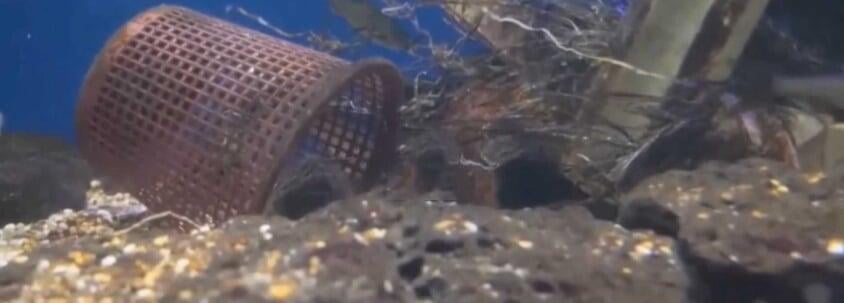Australian and Canadian researchers have estimated, based on modeling, that as much as 11 million tons of plastic waste could accumulate on the seafloor. The study was newly published in the British journal Deep Sea Research, Series I: Oceanographic Research Papers. The study concludes that the seafloor has become the "habitat" for most plastic pollution, and that the accumulation of plastic pollution on the seafloor may be 100 times greater than that floating on the surface.

With the help of two predictive models based on remotely operated vehicle (ROV) and seabed trawl data, respectively, researchers from Australia's Commonwealth Scientific and Industrial Research Organization (CSIRO) and the University of Toronto, Canada, estimated the amount and distribution of plastics on the seafloor.
The results show that there are currently between 3 and 11 million tons of plastic pollution on the seabed, mainly concentrated in waters close to land, with 46 per cent of the plastic pollution located in water depths of less than 200 metres, and the remaining 54 per cent located in water depths of between 200 metres and 11,000 metres.
Previous studies have suggested that plastic pollution in the oceans is increasing at a rate roughly equivalent to dumping a garbage truck's worth of plastic into the ocean every minute. Understanding the main factors contributing to the flow and buildup of plastic in the deep ocean can help reduce pollution at the source and carry out environmental remediation, the researchers said.

